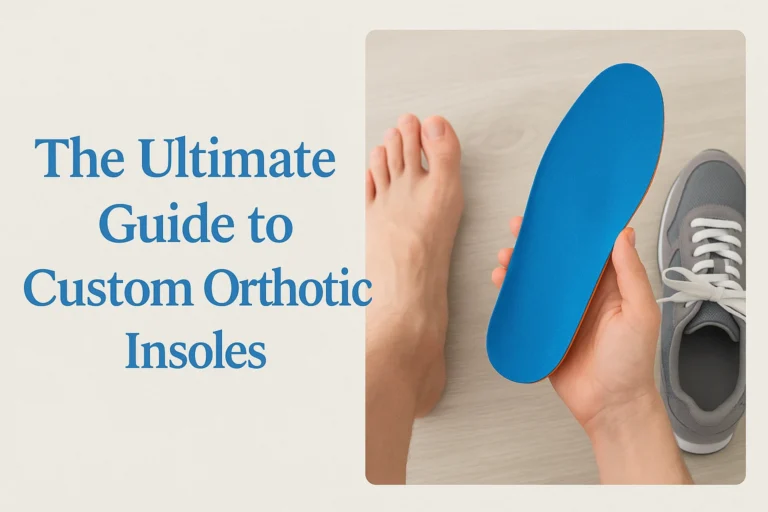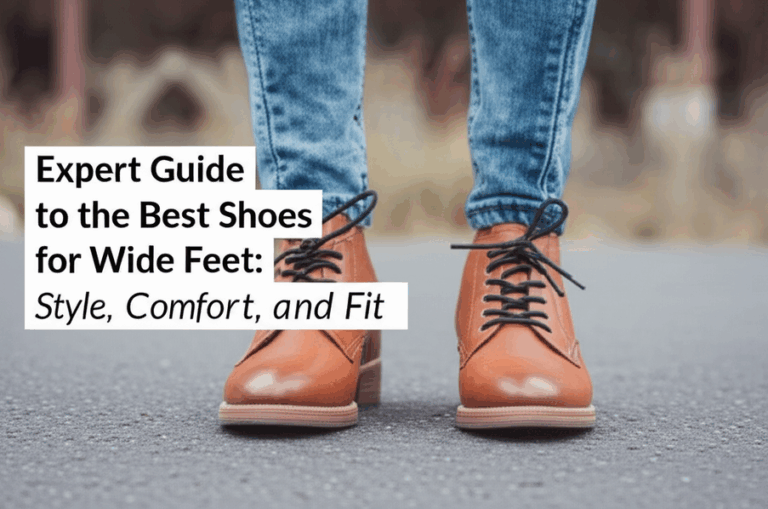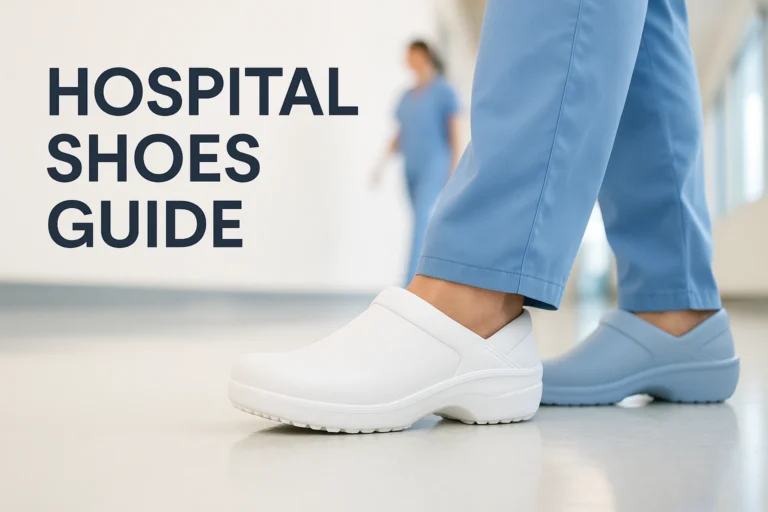What Does TD Mean In Shoes? Guide To Toddler Shoe Sizes
TD is popular with shoe seekers. If you’ve been searching for shoes for your kids, you should know more about it, referring to specialized ones for toddlers. What does TD mean in shoes, and how can you choose the right size? We are here to tell you all the information!
What Does TD Mean In Shoes?
TD stands for “Toddlers”, means that the TD shoes have been specifically designed and manufactured for 1 to 3-year-old toddlers. TD and GS sizes often overlap, but TD shoes come in smaller sizes.
Because of their small size and bone structure not fully developed, children at this age cannot wear kid or adult shoes. On the market, TD items are very diverse in supermarkets, with prices ranging from a few dozen dollars to hundreds of dollars.
There are many TD shoes manufactured by famous brands all over the world. For those who are looking for fashionable and trendy ones, you can search more at Nike Baby & Toddler shoes or Adidas Baby & Toddler Shoes.
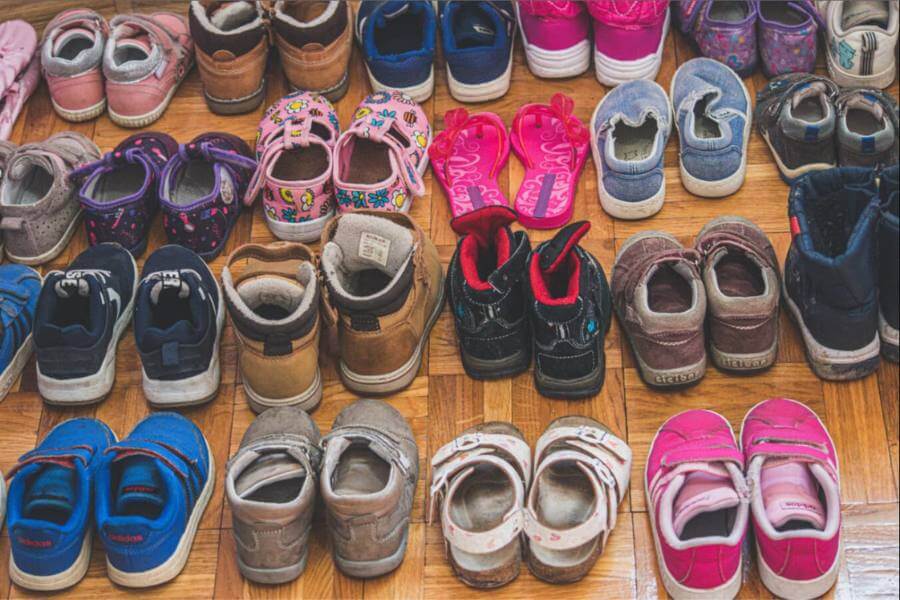
Their design and specifications were created with toddlers in mind:
- Design: Your baby’s foot shape should be reflected in the shoe, so the tip should have a boxy, square shape.
- Materials: These products are outstanding with breathable and super-soft materials; the uppers are usually made of cotton, polyester, or other synthetic fibers, not plastic or rubber.
- Fastening: The rip tape and buckle fastenings allow for precise adjustment, which aids in shoe fit when toddlers can do this by themselves.
- Flexibility: Baby’s feet’s shape can be conformed with dedicated cushioning, and the flexible but puncture-proof soles are specialized for whole feet support.
- Breathability: Breathable linings let perspiration ventilate through the shoe’s surface, keeping feet cool and dry.
Another thing to look for is “TDV” in shoe terms, which stand for Toddlers with Velcro. The velcro on TDV ones indicates the shoe is securely strapped to the toddler’s feet, providing the best fit and grip.
This keeps them from slipping off the baby’s feet, making sure that they do not get lost and that your toddler’s feet are well protected.
Toddler Size Chart
You can find many size charts on the internet, even though they are all for toddlers, which may be due to the differences in each shoe brand.
Each shoe company, when producing products, may have different characteristics, such as its own regulations on size, shoe line, etc., so there will be a separate size chart. Undoubtedly, searching for their shoe dimension in advance will be helpful in choosing the best fit.
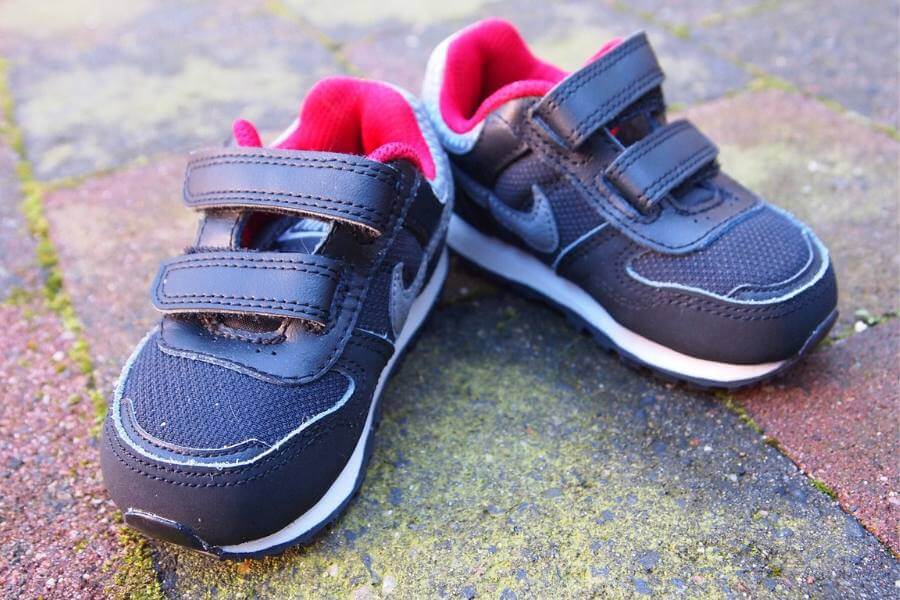
You’d better measure your toddler’s feet carefully or let your child try on products at the store to ensure maximum fit and comfort. If you buy a pair of toddler shoes online and don’t know how to take the right size, you can refer to this chart:
| Age | Shoe length (cm) | US | EU | SA|UK |
|---|---|---|---|---|
| 12-18 months | 13cm | 4 | 19 | 3 |
| 12-18 months | 14cm | 5 | 20 | 4 |
| 18-24 months | 15cm | 6 | 21-22 | 5 |
| 2-2.5 years | 16cm | 7 | 23 | 6 |
| 2.5-3 years | 16.5cm | 8 | 24 | 7 |
| 3-3.5 years | 17.5cm | 9 | 25-26 | 8 |
| 3.5-4 years | 18cm | 10 | 27 | 9 |
| 4-4.5 years | 19cm | 11 | 28-29 | 10 |
| 4.5-5 years | 20cm | 12 | 30 | 11 |
| 5-6 years | 21cm | 13 | 31-32 | 12 |
How To Choose TD Shoes?
Toddlers’ feet can grow quickly before school age, and then they begin to slow down until they are fully developed at around 16. You must have their feet measured regularly, say every 6-8 weeks.
Obviously, many people think that purchasing larger items for our babies will save us time and money; however, this really challenges your little kids when walking if you go up a size.
Ill-fitting ones can jeopardize foot development and cause long-term damage and common diseases such as Peripheral neuropathy, ingrown toenails, or Corns and Calluses. However, when they have one foot larger than the other, go with the bigger one.
Remember only to choose items about 0.5 inches larger than your baby’s feet, as this is just enough leeway for your baby’s feet to work comfortably and conveniently, not too loose or tight.
Preparation
You will need a piece of paper (it should be larger than the toddler’s foot), a pen or pencil, and a ruler.
Process
You take the white, flat paper and place it on the ground or any surface; make sure the surface is flat, and your baby can stand up. Draw the outline of your child’s bare feet on that paper; remember to let your child stand upright.
Then, determine the distance between the heel and the tip of the big toe on both feet. Using the largest foot as a guide, determine the appropriate one using the size chart.
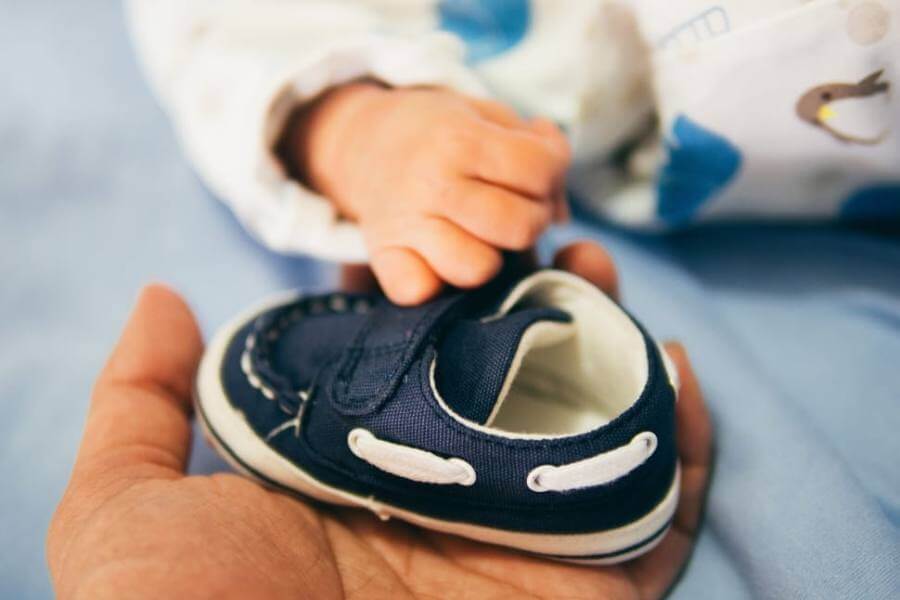
After completing the measurement, you begin to consider which size is right. Let’s pay attention:
- It forces you to rely on the brand’s size chart to pick up the suitable pair of shoes for your babies.
- You must choose a shoe size following the larger feet dimension.
- It’s advisable to measure foot size in the evening after they have walked and acted all day.
That’s the end of our sharing. For a quick summary, you can check this video:
Related posts:
- What Does SE Mean In Shoes? Sneakerheads Must Know
- What Does UA Mean In Shoes? – Authenticity Revelations
FAQs
What Size Does 1-Year-Old Wear?
Normally, 12-month-old boys wear 4 or 5, while girls usually fit size 4. Because the average shoe dimension for a one-year-old varies, it would be better to carefully measure your baby’s feet before shopping for a new pair.
What Do T And C Mean In Shoes Size?
Usually, when you see the letter T behind the number, this means this shoe dimension is for toddlers, which is up to size 7 (4T, 5T, 6T, 7T). C stands for a child in the world of shoes, and a pair of C shoes measures from 2T to 7 or 8.
Should You Purchase Bigger Baby Shoes?
Yes. But do not too choose the too-big ones that you think they can use for the next few months. The best toddler shoes should have a thumb’s width between the tip of the shoe and the toes, just purchase the one in that dimension if it fits. There should be enough space between the shoe and your baby’s ankles to prevent blisters and pain.


